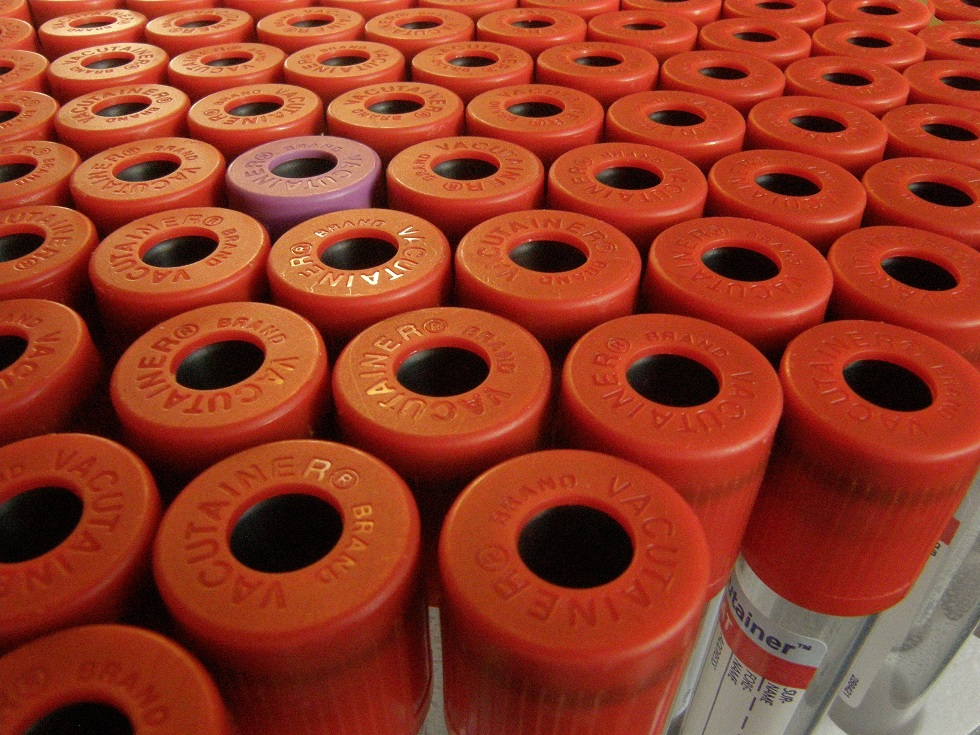Species: Canine and feline
Specimen: Serum or plasma
Container: Red top tube (serum), EDTA, sodium citrate or lithium heparin (plasma)
Special handling/shipping requirements:
Relaxin is labile and serum needs to be stored refrigerated once the sample has clotted (serum). Samples remaining at room temperature for more than 4 hours may result in false negative results. The sample should be transported chilled and should reach the laboratory within 48 hours of sample collection. If any delay in testing is anticipated, the serum should be separated and frozen, then shipped on-ice to the laboratory.
Collection protocol:
Sample at 31 days after the last mating. If the mating date is unknown, and the test gives a negative or suspicious result then repeating in 7-10 days is recommended, or use an alternate method of pregnancy diagnosis
General information about the disease: N/A
General information about when this test is indicated:
Pregnancy in the bitch/queen can be confirmed by measuring concentrations of the hormone relaxin. Relaxin is detectable from about 20 days post mating. By day 28 the test is positive in around 80% of pregnant canines/felines. However, depending on factors such as breed or size of bitch, litter size, and the time of mating relative to the LH surge, it may not become positive until 31 days. Relaxin is then expected to remain positive for the remainder of the gestation.
As with all pregnancy tests, a positive result reflects the status at the time of testing and does not guarantee that the animal will remain pregnant. Relaxin levels decrease within 2-3 days of the loss of a viable pregnancy.
Relaxin is produced by the placenta, and is not elevated with pseudo-pregnancy. False negative results in pregnancy may occur if sample handling instructions are not adhered to. Anecdotally, in very rare cases false negative results may also occur in small breed dogs with 1 or 2 pups, or in bitches very close to parturition. In these cases alternate pregnancy confirmation is recommended
Comparison with other related tests:
Relaxin is superior to progesterone measurement for pregnancy detection in both species. Progesterone cannot reliably distinguish between pregnancy and pseudopregnancy in dogs or cats, and similar levels of progesterone are produced in pregnancy and dioestrus in dogs. Relaxin does not increase during pseudopregnancy in dogs or cats or in non-pregnant bitches in dioestrus.
Information updated 19 August 2024

